Unix & Linux remove first characters if its "0" from all files (3 Solutions!!) YouTube
Unix & Linux Replace character to n YouTube

N-: Characters from N to end to be cut and output to the new file. Can also have other args like: 'N' , 'N-M', '-M' meaning nth character, nth to mth character, first to mth character respectively. This will perform the operation to each line of the input file.
15. Linux tutorials Linux cut command with examples YouTube

@fedorqui -r is apparently available on Linux, but not on Mac. - Paul Tomblin.. - fedorqui. Mar 26, 2016 at 15:33. 2. FYI: cut -c 1-N (where N is a number) does work on my Cygwin installation (cygwin v. 2.6, cut v. 8.25) On OS X, use sed -E rather. To print the N first characters you can remove the N+1 characters up to the end of line
Linux cut Command Tutorial LinuxTect

for those wondering what on earth could this =syntax= mean, the -c2-argument could be interpreted as: return characters (-c) starting from second one and till the end 2-, e.g. other examples could be -c2-5 for range or -c3 for a single letter; to cut counting from the end, use rev | cut .. | rev -
Linux Terminal Basics Cut Abstract Fields / Characters YouTube

You can use dd to output the first 20 bytes like so: dd if=/path/to/infile of=/path/to/outfile bs=20 count=1. You can omit the of=/path/to/outfile part if you want your result to stdout. Share. Improve this answer. edited Feb 20, 2017 at 18:49. answered Feb 20, 2017 at 18:44. John Mehorter.
Linux cut Command Explained for Beginners (with Examples)
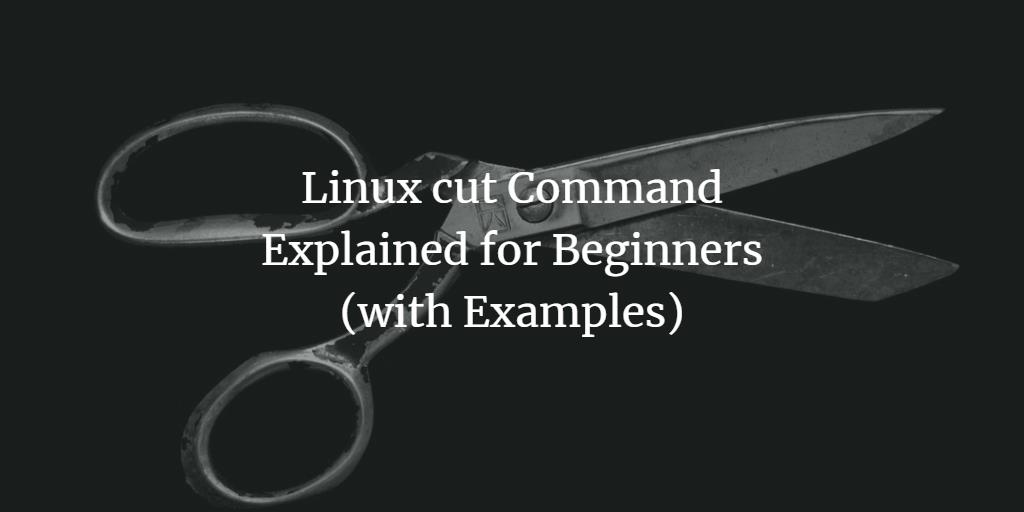
cut -c [(k)-(n)/(k),(n)/(n)] filename Here, k denotes the starting position of the character and n denotes the ending position of the character in each line, if k and n are separated by "-" otherwise they are only the position of character in each line from the file taken as an input. Extract specific characters: cut -c 2,5,7 state.txt
How to display the first line and the last few lines of a file in Linux

cut -c [LIST] [file] The [LIST] argument specifies the characters to be extracted from each line of [file]. For example: cut -c 10- employees.txt. The command extracts everything from character 10 until the end of the line from each line of employees.txt. The results are printed in standard output.
How to Use Unix Cut Command HowTech

The Linux cut command allows you to extract portions of text from files or data streams. Cut can work with bytes, characters, or delimited fields, allowing you to select specific portions of text based on your criteria. Cut can be combined with other utilities like greg to perform more complex operations. The Linux cut command lets you extract.
10 Examples of CUT command in UNIX and Linux

To access the first n characters of a string, we can use the (substring) parameter expansion syntax ${str:position:length} in the Bash shell. position: The starting position of a string extraction. length: The number of characters we need to extract from a string. Here is an example that gets the first 3 characters from the following string:
Cut Command in Unix ( Linux)
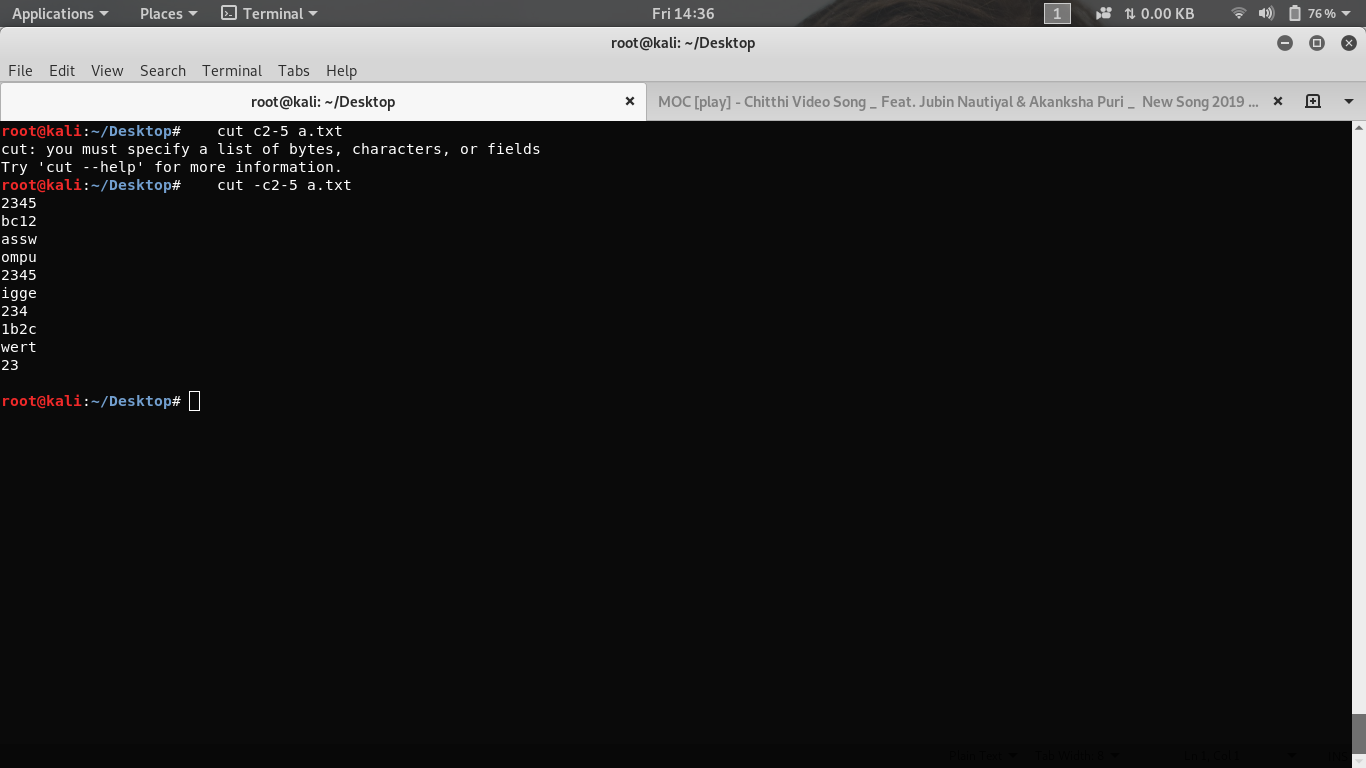
cut command example in Linux YouTube

In addition to the substitute and directly using normal command mentioned on another answer, you could also repeat a normal command (as d4l) in any number of lines using the :global command::g/^www/normal d4l Explanation::g/
Remove the first N characters from a String in JavaScript bobbyhadz
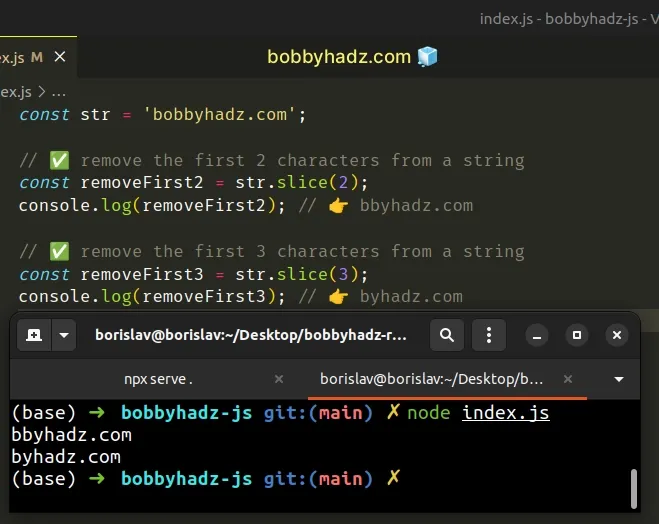
To cut based on a delimiter, invoke the command with the -d option, followed by the delimiter you want to use. For example, to display the 1st and 3rd fields using ":" as a delimiter, you would type: cut test.txt -d ':' -f 1,3. 245:4540Admin01. 535:3476Sales11. You can use any single character as a delimiter.
C program to remove first n characters from a string CodeVsColor
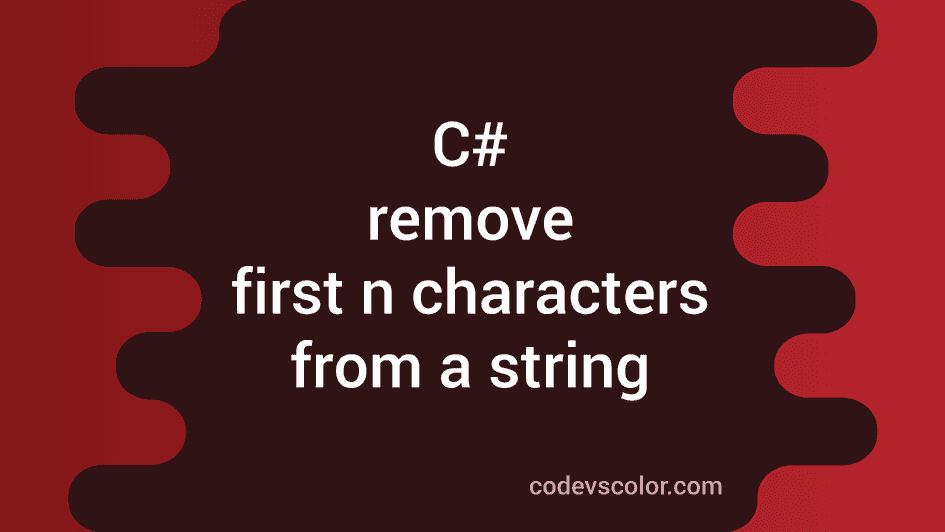
This will 'cut' the first five chars from all the files in that folder. - Kebman. Mar 23, 2017 at 0:19. Removing first 3 characters of file names in linux. 1. Loop through filenames and delete last n charaters. 0. Bash: Find specific files and cut last 5 characters from name. 0.
Unix & Linux remove first characters if its "0" from all files (3 Solutions!!) YouTube

The first part of your question is easy. As already pointed out, cut accepts omission of either the starting or the ending index of a column range, interpreting this as meaning either "from the start to column n (inclusive)" or "from column n (inclusive) to the end," respectively: $ printf 'this:is:a:test' | cut -d: -f-2. this:is.
Linux / Unix Display First Line of a File nixCraft

1. Overview. In this tutorial, we'll learn how to remove the first n characters of a line using the tools provided by GNU/Linux. 2. Using cut. cut allows us to select certain sections of a line either by length or by a delimiter. Let's use the first of these to remove the first three letters of our string.
cut Linux YouTube

154. If you want to just view the lines from the 43rd on you can use. tail -n +43 dump.sql. The + sign is important - without it, tail will print the last 43 lines instead. Alternatively with 'sed'. sed 1,42d dump.sql. If you want to really delete the first 42 lines from the original file then you can make sed make the change inplace with the.
50 Simple and Useful Linux Cut Command in Unix with Examples
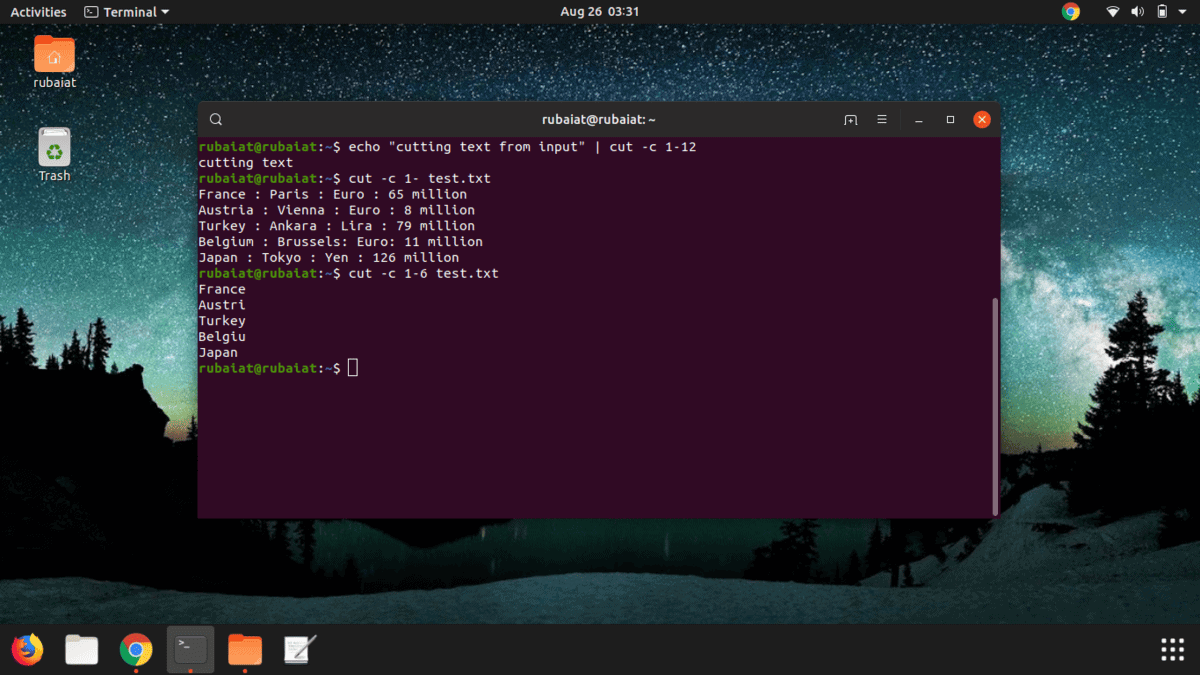
The syntax of the cut command is as follows: 1. $ cut [option] [filename] Don't worry, we will discuss the options used in cut command further. Here, '-c 1-' is the option used with the cut command. Let's discuss the options used in the cut command: -c (-character): used to print a set or range of characters, or specific character.
.